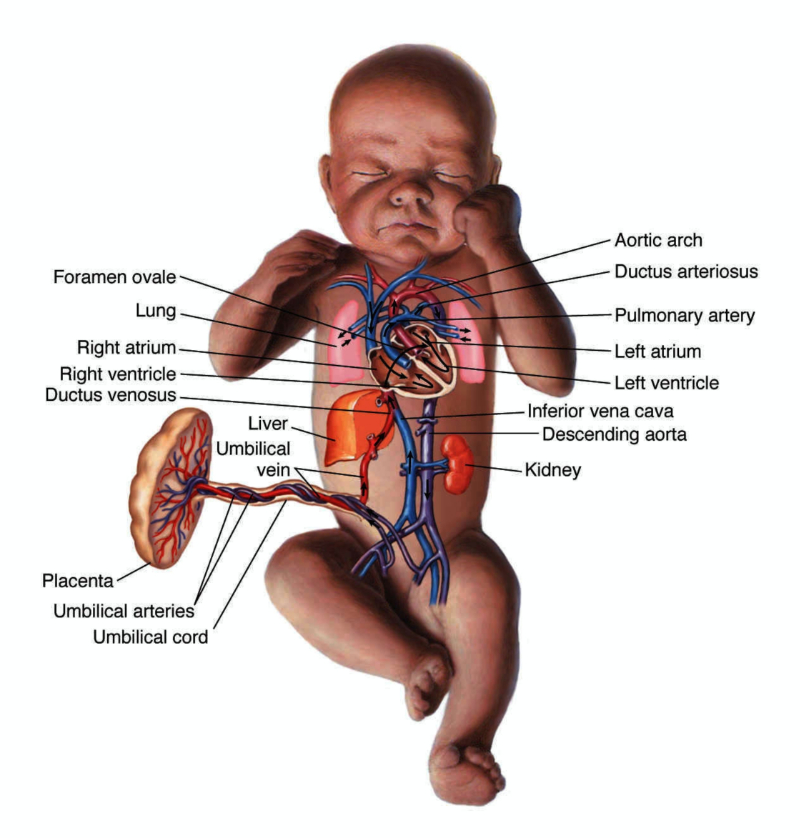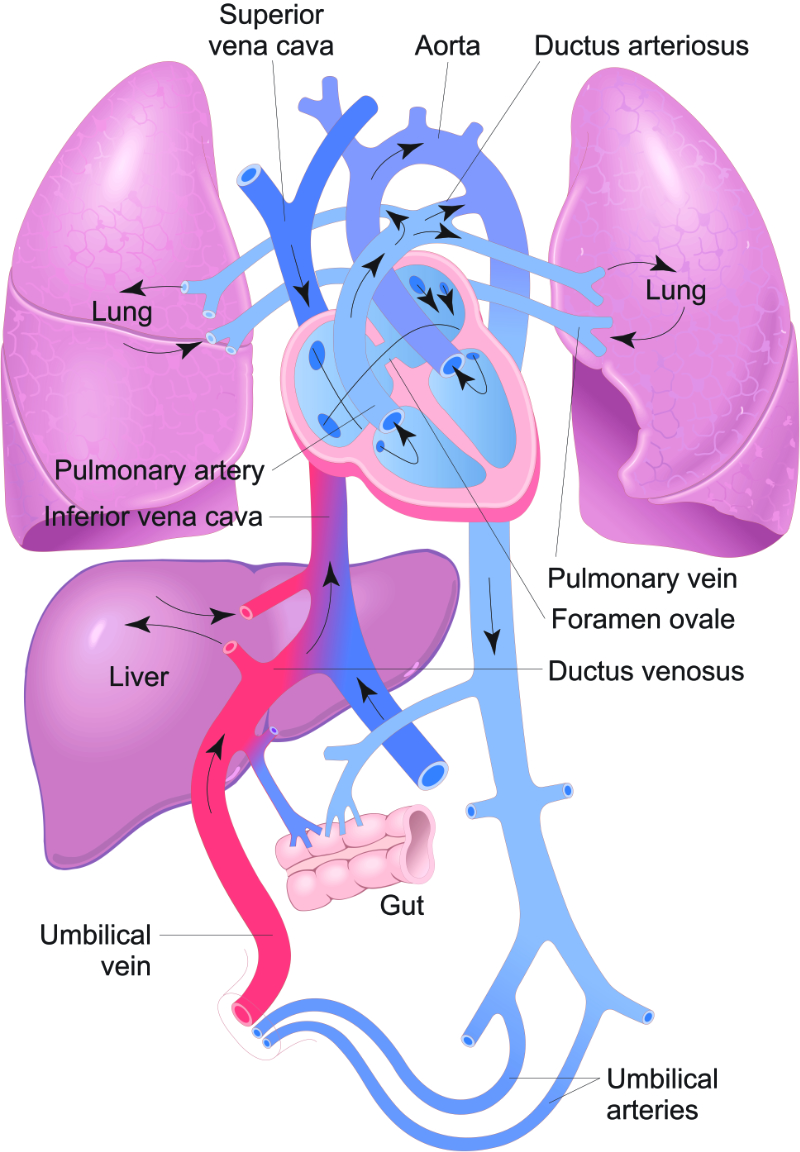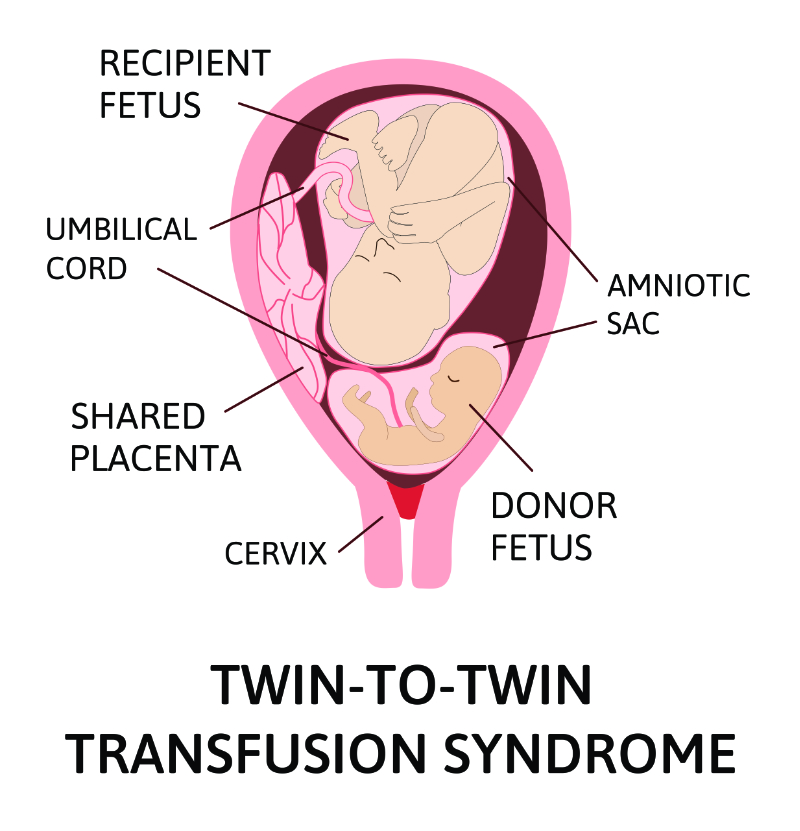At every delivery, there should be at least one provider whose only responsibility is the newborn, and this provider should have the skills to initiate resuscitation. There should also be an immediately available provider to carry out full neonatal resuscitation, including intubation and medications. Equipment needed for resuscitation should also be available at every delivery (AAP, 2021).
The most widely used training program is the neonatal resuscitation program (NRP) which was developed by the American Academy of Pediatrics (AAP) and the American Heart Association (AHA) as a training program teaching principles and skills (AAP, 2021; American Heart Association [AHA], 2023). NRP is appropriate for nurses, doctors, nurse practitioners, and respiratory therapists. Institutions should have a policy that states which staff must have this training (AAP, 2021).
NRP guides the healthcare personnel on how to provide resuscitation as soon as the need is determined. During the first minute of life, all newborns are assessed to determine the need for care. The initial steps are to dry and stimulate the infant, warm the infant (and maintain body temperature), and position the airway and clear secretions. If the baby is term gestation with good tone and breathing or crying, the infant may stay with the mother and continue evaluation. Resuscitation should begin if the infant has apnea, gasping, or a HR below 100 bpm.
NRP teaches an algorithm to be used during resuscitation (AAP, 2021). The algorithm is complex and tells the person using it to warm, dry, and stimulate the infant. Then if the infant is not breathing, is gasping, or has a heart rate < 100, positive pressure ventilation (PPV) should be started. If the PPV does not work, there are steps to do, including repositioning the mask, giving chest compressions, and administering epinephrine. The NRP class teaches the step-by-step algorithm and the skills to perform in order to the most up-to-date evidence based research.
Information regarding the NRP course, the AAP algorithm, as well as access to the NRP materials are available here.











